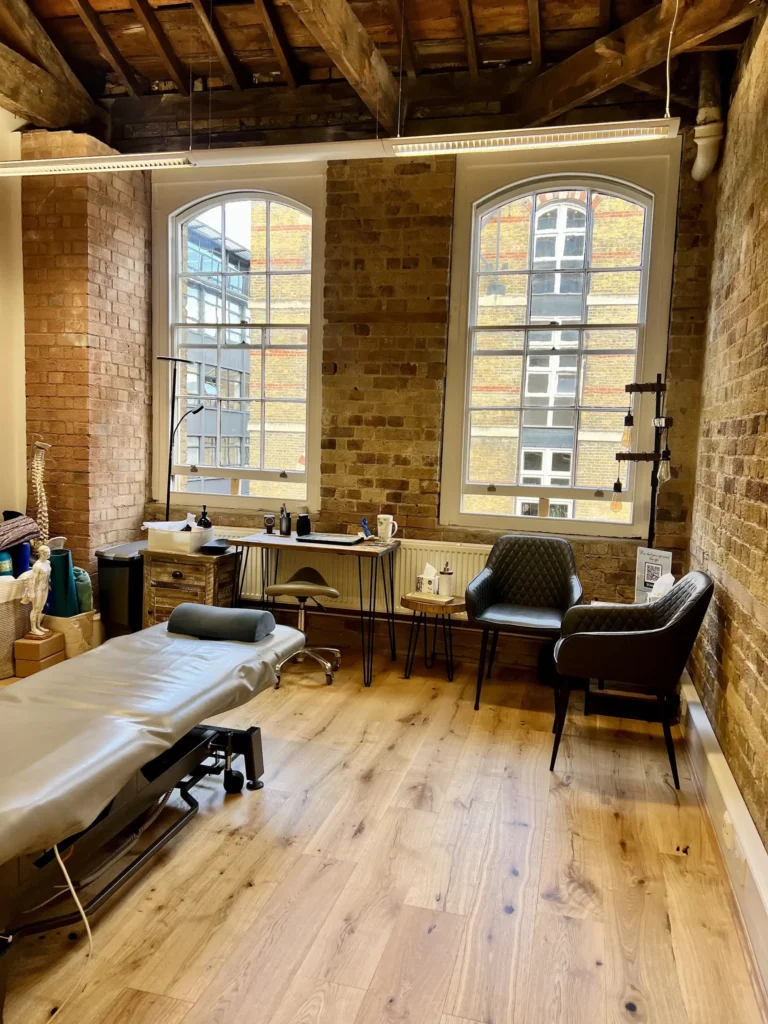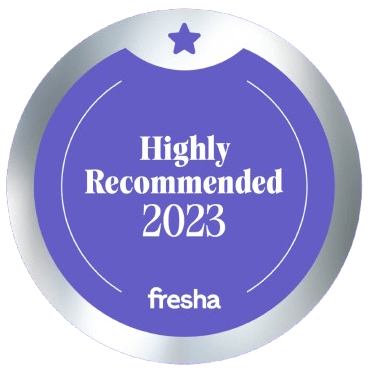Jaw Pain
Conditions
Jaw Pain
Jaw pain, or temporomandibular joint (TMJ) disorder, refers to pain and dysfunction in the jaw joint and muscles controlling jaw movement. It can result from injury, arthritis, or habitual clenching and grinding of teeth.
Standard Medical Approach:
- Diagnosis: Physical examination, dental evaluation, imaging tests, palpation of the muscles.
- Treatment: Pain relievers, muscle relaxants, mouth guards, physiotherapy, Botox injection in the jaw muscles and sometimes surgery.

Hito Holistic Approach
- Diagnosis: Assessment of mouth, neck, teeth alignment, jaw posture, jaw muscles tightness, jaws mobility, body posture, myofascial restrictions, visceral entrapments, stress level, emotional health, and habits.
- Treatment: the treatment of the jaws should always include the neck and the head since they are directly related. The most important part is the myofascial release of the jaw muscles through extra and intra oral techniques, pressing certain points with the fingertip (and gloves) to fully remove tightness and restrictions. Often the jaws dysfunction affects the head with recurrent headaches, so it is important release the scalp and resolve any cervical misalignment or lack of mobility. In ayurvedic medicine the jaws are in between the throat (lack of expression) and the brow chakra (overthinking with frustration, busy mind, ruminating thoughts) so it is important to rebalance them, and mindfulness strategies are very useful since meditation and breathwork can help to switch off the busy mind while journaling, singing, chanting, vocal toning or other forms of art can facilitate the self-expression. In Traditional Chinese Medicine (TCM), the jaws are related mostly to the stomach and the gallbladder so acupuncture around the jaws and chicks can be a game changer. From a visceral perspective, most people suffering with jaws disorder are also suffering with gastric reflux or tightness/imbalance of the Solar Plexus. In this case, the manual release of stomach, duodenum and gut can make a huge difference as well as understanding and processing what the stomach is not digesting in life as food or as event on an emotional level. Specific yoga poses to open the solar plexus, journaling, craniosacral therapy could also be very helpful.
